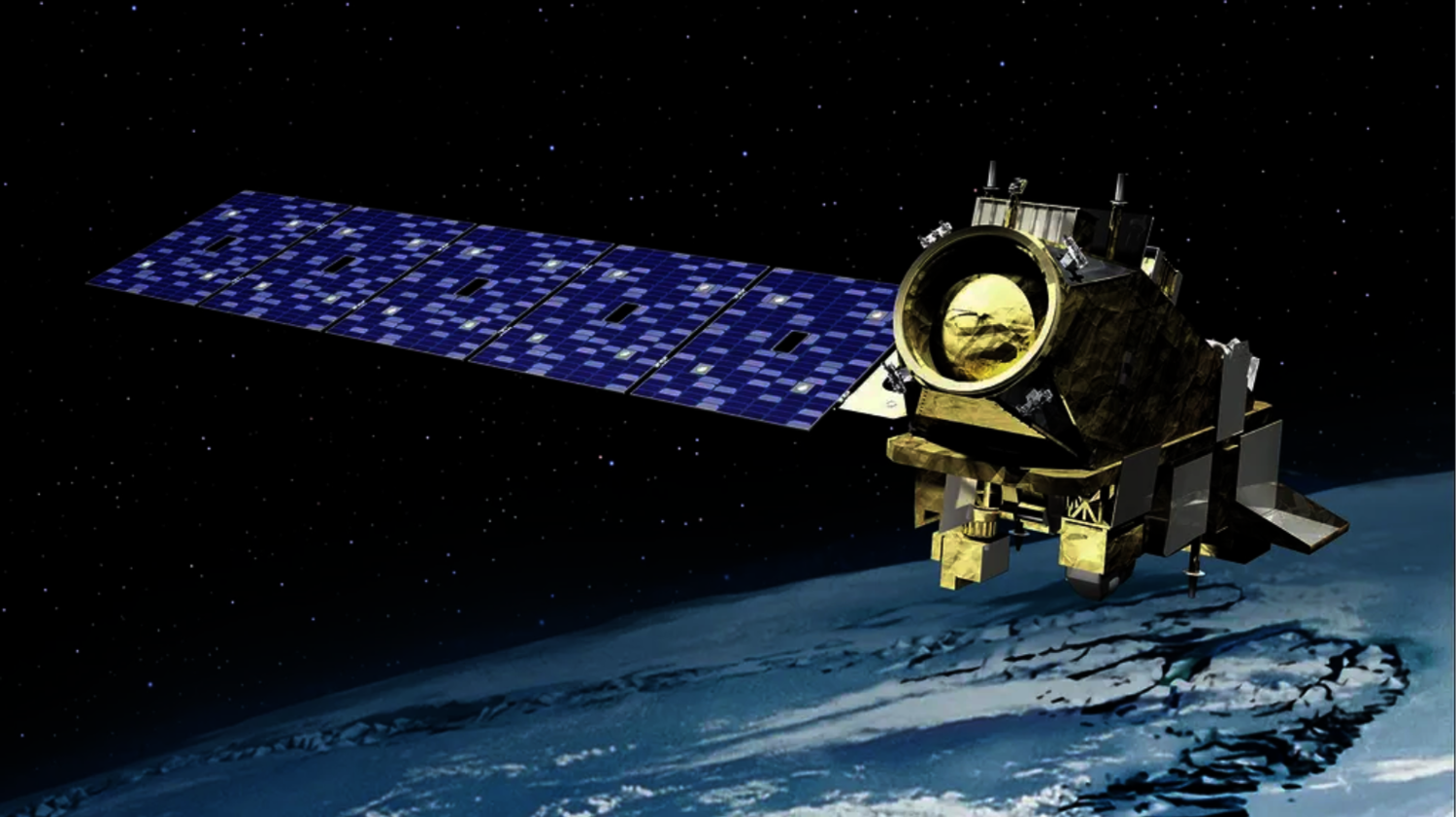On November 10, NASA launched a new generation meteorological satellite JPSS-2 (the second name of NOAA-21) into space from Vandenberg Base (California) using an Atlas-5 launch vehicle. The operation of the device will be handled by the National Oceanic and Atmospheric Administration.

Pic. 1. JPSS-2 satellite launch.
The 2.5-ton spacecraft will be in polar orbit, making 14 orbits around the Earth per day at an altitude of 824 km. JPSS-2 (Joint Polar Satellite System) is designed for remote sensing of the Earth, as well as observations of the oceans and the atmosphere.

Pic. 2. JPSS-2 satellite.
Once commissioning is completed, NOAA-21 will circle the globe every 90 minutes, providing data for numerical weather models, observing storms, detecting fires and other environmental hazards, monitoring sea surface temperatures, spotting harmful algal blooms and measuring atmospheric ozone. Lorett has started adapting its receiving network to work with the new device.
JPSS-1 (NOAA-20) was launched in November 2017. In total, it is planned to put five satellites into polar orbit with an estimated service life of each seven years. Scientists expect that with the help of scientific instruments installed on these satellites, it will be possible to significantly improve the accuracy of weather forecasts.
Links:
https://tass.ru/kosmos/16292561
https://spacenews.com/jpss-2-launch-briefing/
https://scitechdaily.com/noaa-jpss-2-polar-satellite-launches-on-powerful-atlas-v-401-rocket/